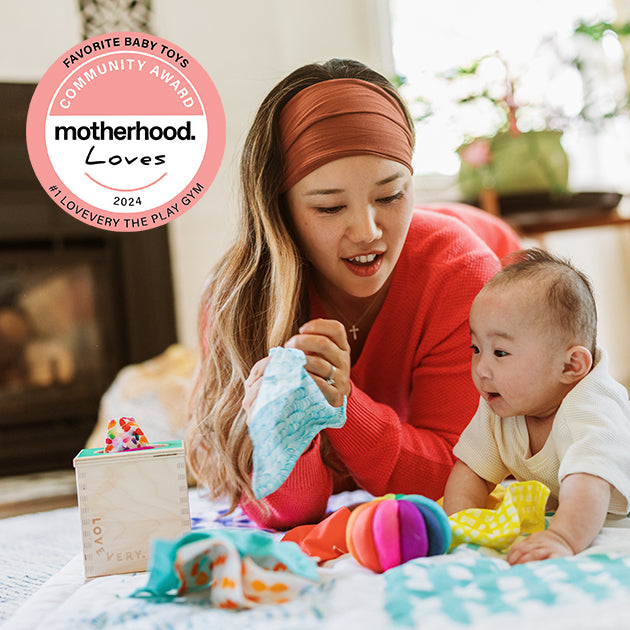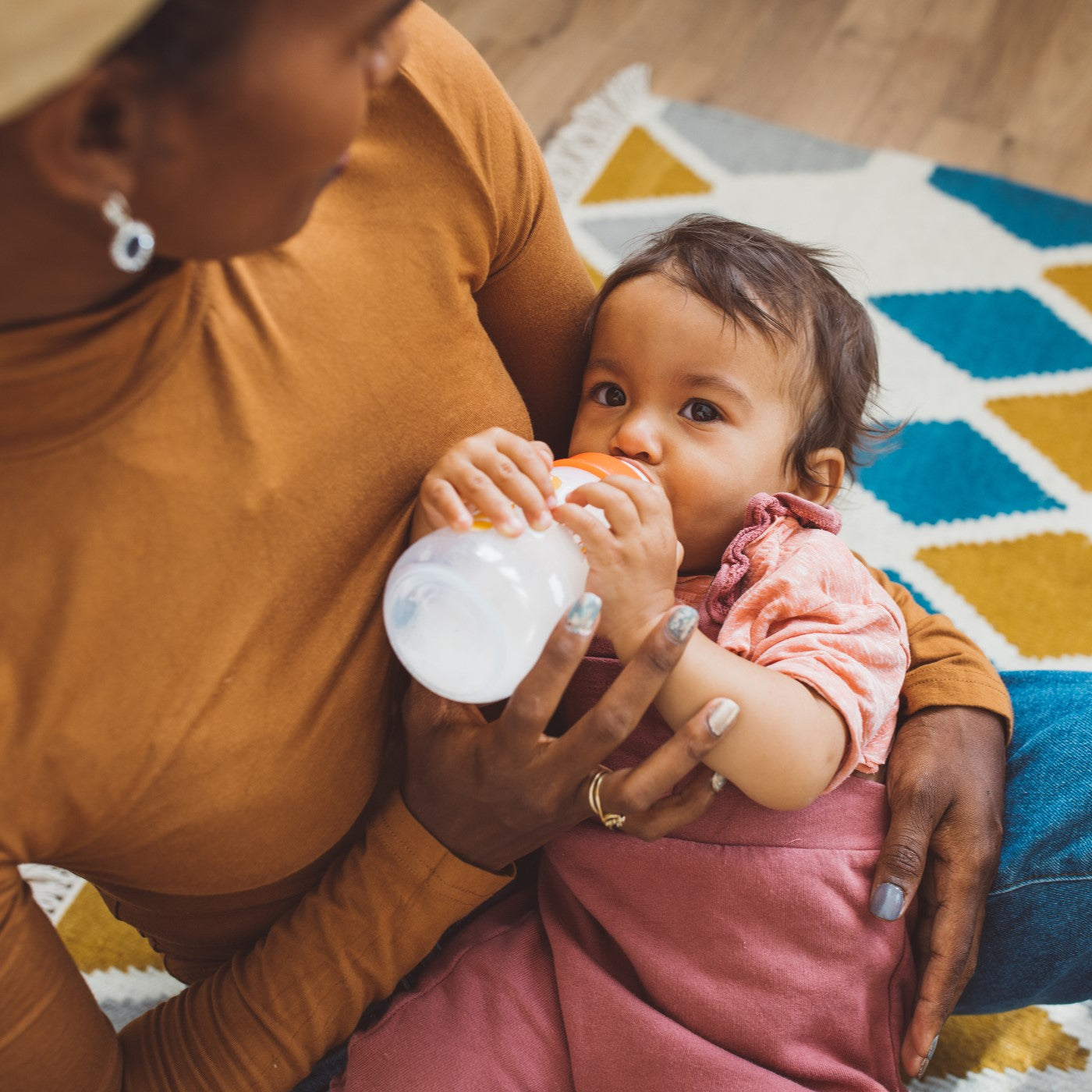
Hyperpigmentation During Pregnancy
Hyperpigmentation During Many of the changes women experience in their skin during pregnancy are due to the hormonal shifts that can occur. One of the side effects of these hormonal shifts is that type of pigmentation – also known as melasma, or the mask of pregnancy. I started to develop a little hyperpigmentation on one side of my face due to a product I was using on the other, but usually melasma comes balanced. You might get two spots on either side of your face, or on your nose or eyebrows. Sometimes, your whole body might discolor. Also, not only do pregnant women experience melasma, but being on birth control can stimulate it as well – it really is all about the hormones.

To avoid melasma, or if you have spots of hyperpigmentation already, I recommend staying out of the sun. Wear sunscreen daily and wear a hat or visor as well. You also want to try to stay in a controlled, temperate climate. Heat alone can stimulate discoloration, so if it’s over 90 degrees, that’s a good time to stay inside.

The best way to alleviate hyperpigmentation during pregnancy is to focus your product choice on skin brightness rather than skin whiteners, which contain harsh chemicals. Skin brighteners like Vitamin C and Vitamin B3, as well as natural derivatives like kojic acid and glutathione, are great options. Vitamin C and B3 help to lighten discoloration. Glutathione is an antioxidant; however, I don’t recommend taking it orally. When used topically, it helps to also brighten discoloration. And if you want something more plant based and natural, you can try kojic acid, which comes from a mushroom. To brighten your skin during pregnancy, you want to use vitamins, antioxidants or plant-based brighteners – never chemicals.
These are all ingredients I recommend for topical use – for oral remedies, always speak to your OB or your dermatologist. One of my favorite skin brightening products is the Vitamin B3 serum by PCA Skin, and they also make a version with Vitamin C. These are topical products that are applied directly onto the skin. Ultimately, we want to make sure that we're focusing on our skin and bringing these nutrients directly to the source.

Sunscreen is very important on the daily, whether you're pregnant or not. It helps protect our skin from sun damage, and when you’re pregnant, that’s even more critical. There are two types of sunscreens you’ll see on the shelves. Mineral sunscreens, which sit on the skin, and chemical sunscreens, which penetrate the skin. During pregnancy, I recommend using mineral based sunscreens because they don’t sink into the skin and have been approved by the FDA for use during pregnancy.
The minerals in mineral sunscreen are zinc and titanium dioxide. My favorite sunscreen that I’ve been using is a 100% zinc oxide sunscreen from a natural and organic line. You might be hesitant to use a mineral sunscreen because they used to be known for leaving your face white. But now there are many options that are clear, and they’re safe for you and your children.
Chemical sunscreens not only penetrate the skin, but they also can mimic hormones in the body. This is also why I don't recommend chemical based sunscreens during pregnancy. When you’re pregnant, make sure you’re using a mineral based sunscreen and reapplying throughout the day.

I’ve experienced facial puffiness during this pregnancy. Today, I'm eight months pregnant, and my face is really bloated. But one of my favorite at-home products that has really helped are cryo globes.
Cryo globes are cold spheres on a handle that can be rolled around on the skin, and they usually come in a set of two. I keep them in my freezer, and whenever I’m feeling hot or puffy, I’ll wash my face and use these to help cool my face down. They’re great for those pregnancy hot flashes.
You can use cryo globes to perform a lymphatic massage to help bring down the inflammation and puffiness we get during pregnancy.
There is also a great DIY that I also love to use in place of my cryo globes. You brew a cup of plain chamomile tea, pour it into an ice cube tray, and leave it to freeze. Then, whenever you feel hot or like your discoloration is getting darker, just pull two little ice cubes out of your tray. And after cleansing your skin, rub your chamomile cubes on your face and enjoy that cooling effect. Chamomile naturally helps with inflammation and irritation, and then the cold helps to bring down and decrease inflammation. I really love to use those to debloat the face and help with the inflammation that can cause discoloration.
First, start with a clean face, and put your hair up and out of the way. Take those two ice cubes or cryo globes, and you can look in a mirror to help visualize.
Lymphatic channels always go in the direction of the heart. If we're starting with the face, we want to pull our ice cubes down. If we're starting on our legs, we want to pull up.
I like to begin with my cheeks and run the ice cubes down, and then move onto my chin. You can sometimes feel the water retention when you do this massage, and it begins to drain a bit. A good motion to remember is middle, out, down – keep dragging the ice cubes down your face in a way that feels good to you.
This is so relaxing and can be done as often as you want. I’ve been doing them once or twice a day, and really enjoy them in the morning. They’re so easy and fun to use, and it’s a very refreshing self-care practice.
Always reapply that sunscreen after, though!
Click here to read about some common skincare ingredients to avoid and safe alternatives during pregnancy.
Click here to read about treatment options for scars and stretchmarks during and after pregnancy.
Click here to learn what can be done to combat the common pregnancy issues - acne and dry skin.
Click here to find the best DIY’s you can add to your skincare routine during pregnancy.






